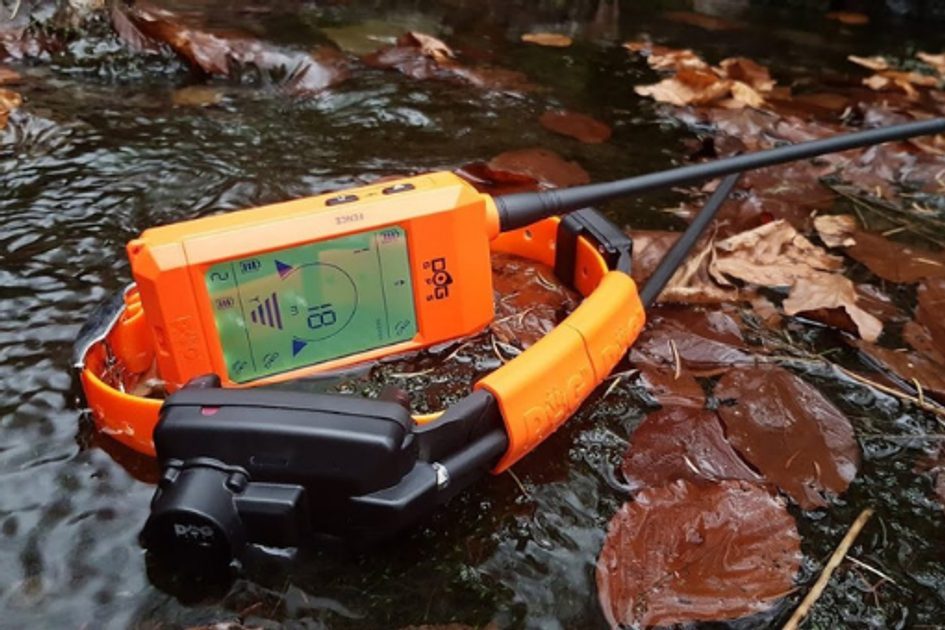GPS collars, how do they work and which one to choose?
Many of us wonder if a GPS system is unnecessary for a dog. In the very second sentence of this article we briefly answer that it is not! I would never want to be one of those poor people who put up posters about looking for their dog or cat. That's a nightmare. We think that's reason enough to invest in a GPS-enabled collar. Not sure which one to choose? We'll be happy to resolve your doubts!
GPS collars Tractive
The first type of devices are those that use a mobile network signal. An example of such a device is Tractive. It works like this: When you purchase the cat or dog version of the device, you must purchase a subscription. Purchasing a subscription activates the SIM card built into the device. The tracking device can then connect to local mobile networks and send your pet's location data back to the app. Thanks to special agreements with mobile phone service providers, you can use the Tractive locator almost anywhere in the world. You are not limited by any range. You can be located in the south of Poland and still track your pet who is, for example, at the seaside. Are you in another country? Even in this case tracking will not be a problem, Tractive works in more than 175 countries. If the locator is in an area with good mobile network coverage, it will be able to send data to the app.
In standard mode, Tractive sends position information at ten-minute intervals. If you are looking for your dog at the moment, you can switch to live mode, in which case you will receive the dog's current location every 2-3 seconds! Remember that the Tractive locator works best outdoors, in good visibility and in an area with good mobile network coverage.

Dogtrace GPS collars
If you live in an area with poor mobile network coverage, the locator will not be able to quickly send data back to the app if it cannot connect to the mobile network. In these circumstances, there may be a delay as the locator will only be able to send data back to the app when the connection is restored. In this case, it is better to choose devices that only use the GPS signal to determine the location and then transmit the dog's location to the receiver. For example, Dogtrace GPS X20 or Dogtrace X30. This way you are completely independent of the mobile network coverage in the area! This is ideal for professionals or people living in areas with poor coverage who cannot use GPS with a SIM card.
The undeniable advantage of this solution is that there is no subscription fee. In the Dogtrace variant, the transmitter receives position data via the Global Navigation Satellite System (GPS) and then transmits this information to the receiver via radio transmission. Simply purchase the device, charge it and it is ready to use. By purchasing additional collars, you can use one remote to track multiple dogs at once. The most popular version of the DOG GPS X20 is an economical version of the GPS tracking collar has a receiver on which you can see the direction and distance of your dog up to 20 km. The DOG GPS X30 series models, on the other hand, are a more powerful option as you can link them to an app and track your dogs on maps on your mobile phone up to 20km away. The downside of this solution is the more expensive purchase price of the kit, but on the other hand you don't pay any subscription fees!



